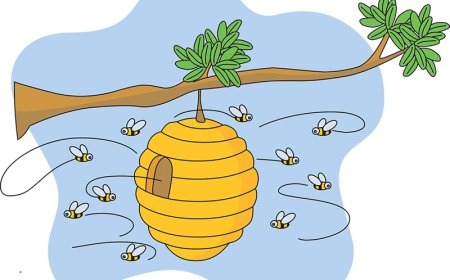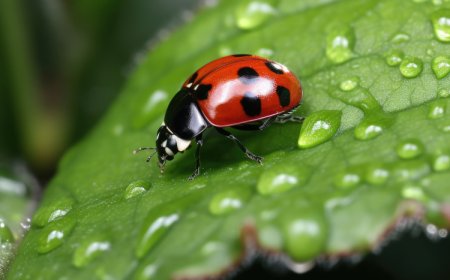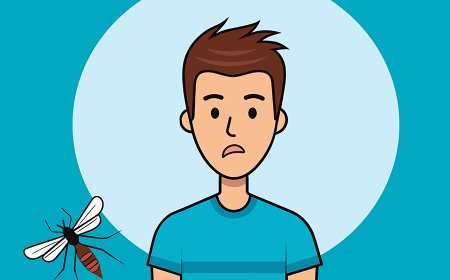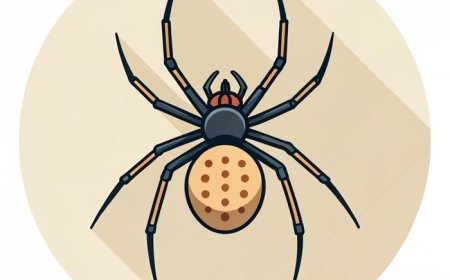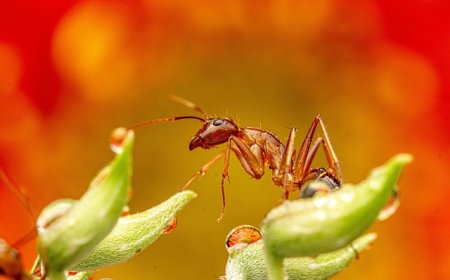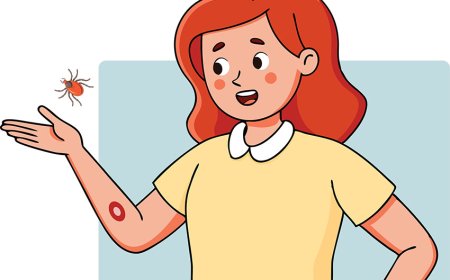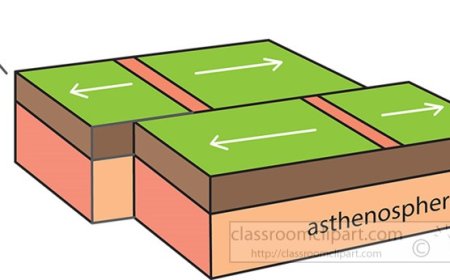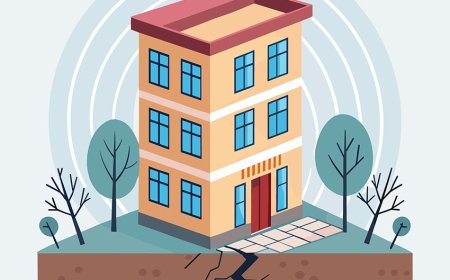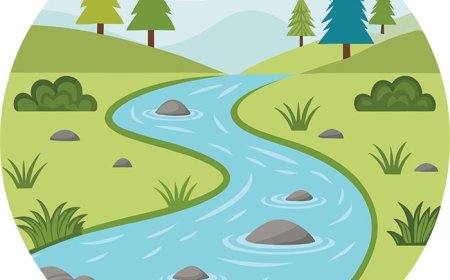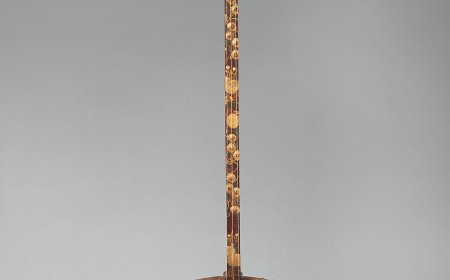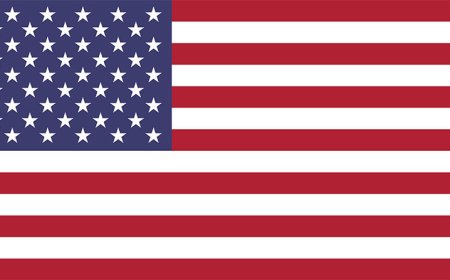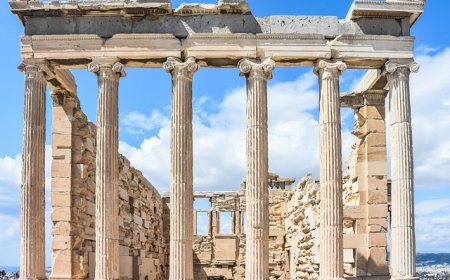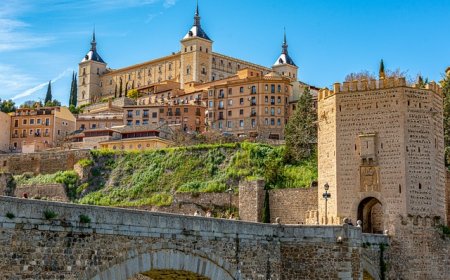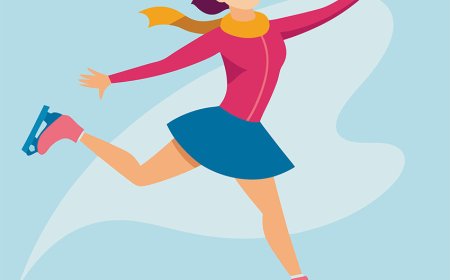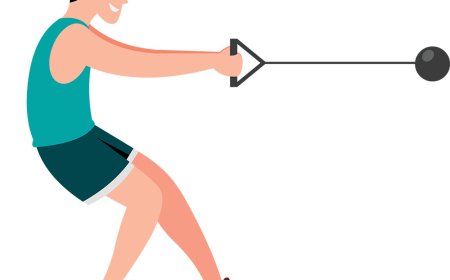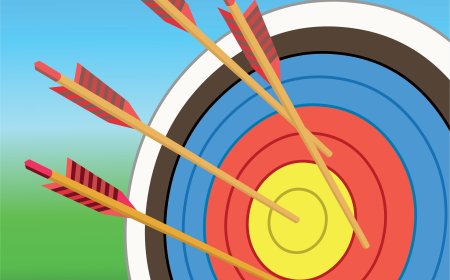Laboratory Safety Rules Every Student Should Know
Learn the most important laboratory safety rules for students Discover why safety matters in science labs and how to stay safe while doing experiments
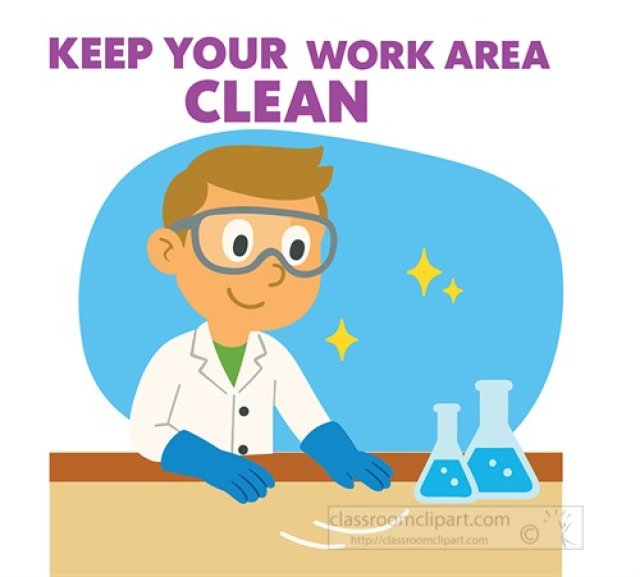
🌟 Introduction
Science experiments are exciting because they let us see how the world works up close. Whether you are mixing chemicals, heating liquids, or dropping objects to test gravity, the laboratory is where science comes alive. But science can also be risky if safety is not taken seriously. Laboratory safety rules are the guidelines that protect students, teachers, and the classroom so everyone can learn without harm.
🔍 What are Laboratory Safety Rules?
Laboratory safety rules are clear instructions designed to keep everyone safe while doing experiments. These rules cover how to dress, how to handle equipment, and how to behave in the lab. They are not meant to stop fun - they make sure learning happens without accidents.
Some common lab safety rules include:
-
Always wear protective gear like goggles and gloves.
-
Do not eat or drink in the lab.
-
Handle chemicals and equipment carefully.
-
Follow your teacher's instructions at all times.
-
Know the location of safety equipment like fire extinguishers, eye wash stations, and first-aid kits.
🌍 Why are Laboratory Safety Rules Important?
Imagine cooking without paying attention to a hot stove, or crossing a busy road without looking both ways. Laboratory safety works the same way - it prevents small mistakes from becoming big accidents.
Safety rules are important because they:
-
Protect people - Goggles keep chemicals out of your eyes, gloves protect your skin, and rules about behavior prevent spills or burns.
-
Protect equipment - Using tools correctly prevents damage to expensive science materials.
-
Protect experiments - Following the rules ensures results are accurate and not ruined by unsafe actions.
In short, safety allows students to focus on learning science instead of worrying about accidents.
🧪 Everyday Examples
-
Wearing goggles: Just like sunglasses protect eyes from the sun, goggles protect eyes from splashes in a lab.
-
No running in the lab: Imagine running in a kitchen - you could slip on water or bump into someone holding something sharp. The same risks happen in a lab.
-
Careful with fire: Lighting a Bunsen burner is like using a campfire - it needs attention and care to prevent burns.
-
Clean up spills: Spilled juice at home can make someone slip. In the lab, a chemical spill is even more dangerous, so it must be cleaned right away.
✨ Fun Facts
-
Some university chemistry labs have showers inside them for emergencies, in case chemicals spill on clothes.
-
NASA scientists practice lab safety rules even in space when handling experiments aboard the International Space Station.
-
In some labs, even pencils and pens are chosen carefully so they don't react with certain chemicals!
📌 Key Takeaways
-
Laboratory safety rules protect people, equipment, and experiments.
-
Always wear proper safety gear like goggles and gloves.
-
Follow teacher instructions and never play or run in the lab.
-
Knowing where safety tools are located is just as important as the experiment itself.
🐾 Kid-Friendly Summary
Lab safety rules are like the rules of the road - they keep everyone safe and prevent accidents. By wearing goggles, following instructions, and staying careful, students can enjoy fun experiments without danger.
📚 Vocabulary Words
-
Laboratory - A room where experiments and investigations are done
-
Safety Rules - Guidelines that protect people during activities
-
Protective Gear - Equipment like goggles, gloves, or lab coats used for safety
-
Chemical - A substance that can react or change in experiments
-
Accident - Something unexpected that causes harm or damage
-
First Aid Kit - A box of medical supplies used for treating small injuries
🧠 Interactive Quiz
-
Why do students wear goggles in the lab?
- A. To look cool
- B. To protect eyes from splashes
- C. To help them see better
- D. To match their lab coat
-
Which of the following is NOT safe in a lab?
- A. Eating snacks
- B. Wearing gloves
- C. Following instructions
- D. Using goggles
-
Why is it important to know where safety equipment is located?
- A. To decorate the lab
- B. To use in an emergency
- C. To pass a test
- D. To play games


